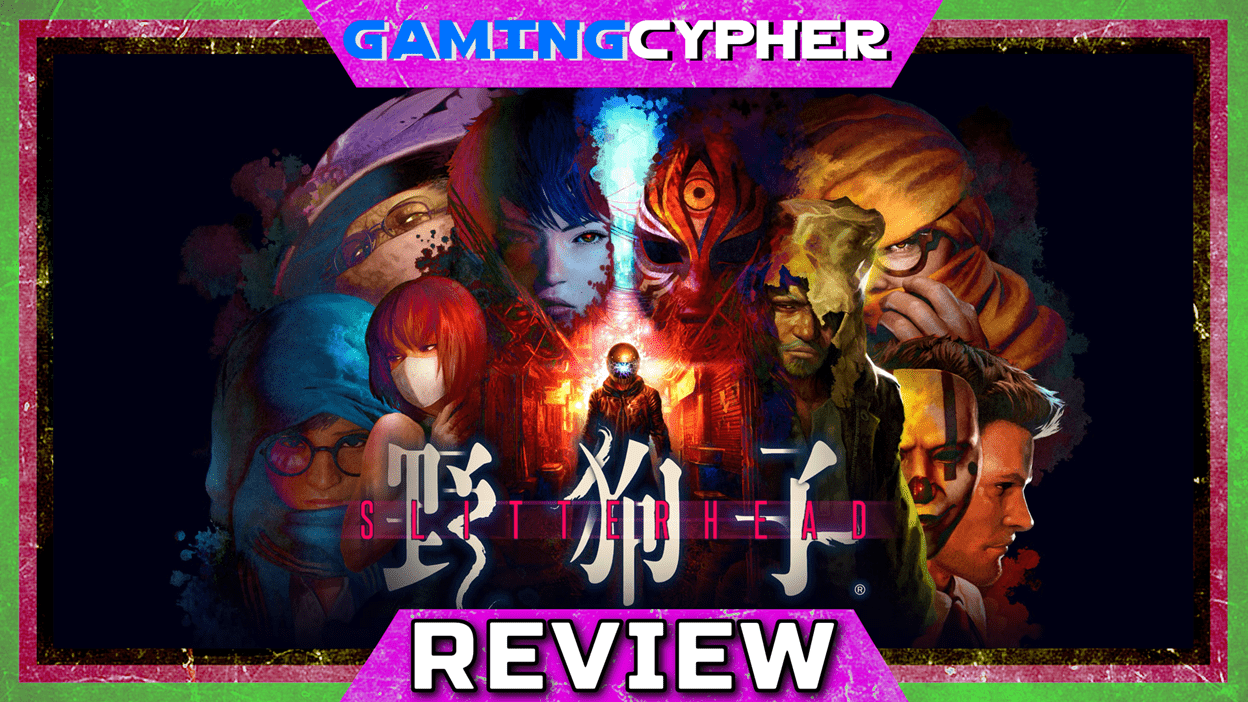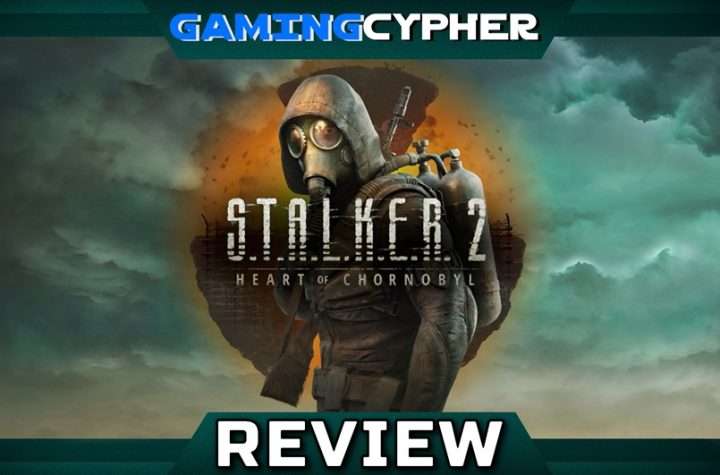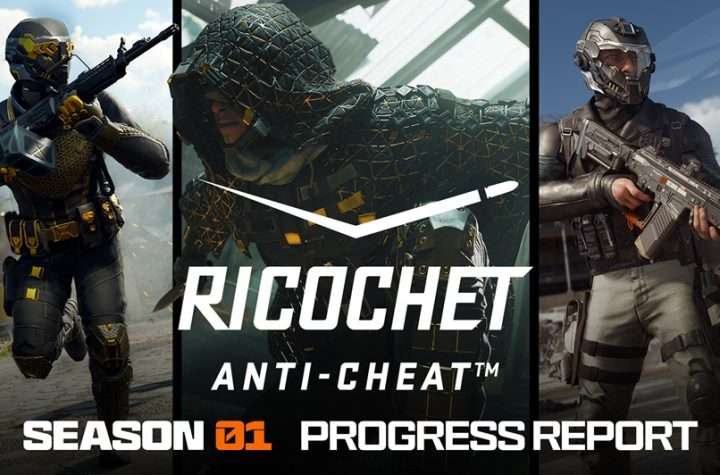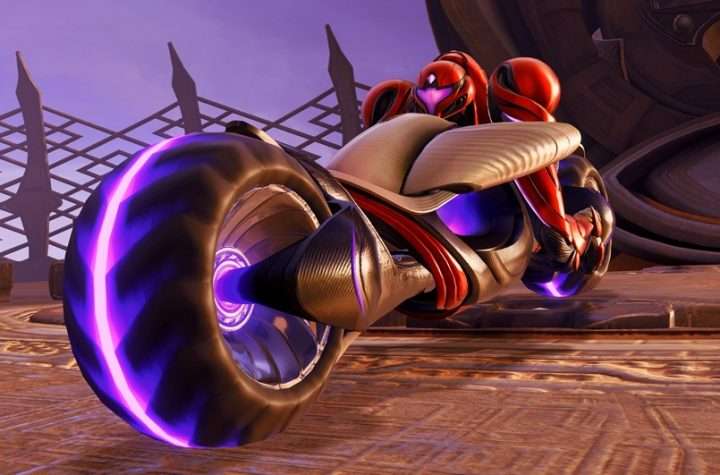I love it when a development team takes a risk with a fresh idea and takes some creative risks. Stepping into “Slitterhead,” the debut game from Bokeh Game Studio, is like slipping into a feverish nightmare. Directed by Keiichiro Toyama, known for the genre-defining “Silent Hill” and the imaginative “Gravity Rush” series, this game marks Toyama’s return to horror, and it doesn’t hold back. Here, we’re introduced to the bizarrely unsettling streets of Kowlong, a city alive with neon lights, hidden horrors, and claustrophobic alleys. Playing as “Hyoki,” a bodiless, amnesiac entity with one burning mission: to hunt down the Slitterheads! Which makes for a hauntingly unique experience.

In “Slitterhead,” Hyoki’s journey unfolds within an episodic mission structure that balances intricate storytelling with grim action sequences. This style allows the story to flow in a way that feels cryptic yet compelling, creating tension and curiosity with each new chapter. We learn about the Slitterheads, monstrous entities who blend into society, masquerading as everyday humans. It’s in these densely packed alleys and obscure corners of Kowlong where players find themselves hunting these creatures, each mission revealing new layers of the twisted world and the mysterious role Hyoki plays within it. Hyoki’s existence is an odd one, to say the least. Lacking a physical form, he possesses the bodies of humans to navigate and engage with the world around him. This possession mechanic is the heartbeat of “Slitterhead,” and the main reason I really wanted to check it out. It creates an experience that’s both haunting, intense, and sometimes a little wonky. By inhabiting different bodies, Hyoki can access areas that would otherwise be unreachable, assume identities to infiltrate dangerous organizations, and switch hosts in the blink of an eye. In combat, this ability to quickly shift bodies can be vital to stay alive. The fragility of human vessels keeps the tension high, you’re only as durable as the next host you possess, and that can change at any moment, perhaps in violent ways.
The combat here is rather interesting. It is visceral and unforgiving, and Hyoki’s ability to turn his host’s blood into weapons, fights against Slitterheads feel gritty and raw. There’s a strategic element here as well, especially when you encounter “Rarities,” certain individuals who resonate more deeply with Hyoki. Possessing these special characters unlocks new powers and allows for stronger attacks, which I found to be really cool. When you’re up against especially fearsome foes, the Rarities become more than just an edge, they’re a necessity. At its core, “Slitterhead” is a master class in atmosphere. The city of Kowlong is a character in its own right, pulsating with eerie life. Neon lights cast an otherworldly glow on litter-strewn streets, while shadows conceal lurking threats. The constant sense of unease that fills each alley and rundown building pulls you deeper into the story, tempting you to explore every corner while keeping you on edge, ready for a jump scare or an encounter with a hidden Slitterhead. Bokeh Game Studio has taken a restrained approach to their resources here, and while there are areas that could use some polish, such as the combat which can sometimes feel clunky, and the voice acting can be a bit uneven. Ultimately, the game’s ambition and creativity shine through, showing what indie developers can achieve when they take risks.
The episodic structure works well for the horror genre, giving each chapter its own sense of closure while still leaving room for suspense. And while “Slitterhead” can be frustrating in places, like I said, particularly when combat controls don’t feel as tight as you’d hope, there’s no denying that it’s fearlessly inventive. The possession mechanic doesn’t just drive combat; it’s also integral to how you navigate Kowlong, slip past enemies, and discover new parts of the story. Each switch between characters feels like stepping into another life, creating a thrill of discovery that’s interwoven with the dread of knowing that, at any moment, you could be leaping into danger. For fans of narrative-driven horror, “Slitterhead” offers an experience that’s both fresh and weird. Despite its very rough edges, the game has an intensity and boldness that make it stand out among some other horror titles. Its success lies in its audacity, in its willingness to embrace strange mechanics and dive into themes of identity and survival. It’s a reminder of what makes horror games so gripping: the blend of vulnerability, curiosity, and dread. This is a disturbing yet compelling journey through the mind of Keiichiro Toyama. It’s a dark, unsettling exploration of humanity and monstrosity, a game that feels both intimate and epic, it certainly won’t be everyone’s cup of tea, but I’m sure this will find its very specific audience and they’ll be very happy that something like this even exists.
7/10
For more information, visit HERE
Related: Reviews by Nick Navarro
Gaming since I was given an original Nintendo as a kid. I love great storytelling and unique ingenuity. When both collide in a single game, I'm a happy gamer. Twitter/IG @NickNavarro87






More Stories
GTA Online: A Safehouse in the Hills Heading to PlayStation, Xbox, and PC on December 10
S.T.A.L.K.E.R. 2: Heart of Chornobyl Review for PlayStation 5
Call of Duty: Black Ops 7 and Call of Duty: Warzone Season 01 Now Live along with RICOCHET Anti-Cheat Update